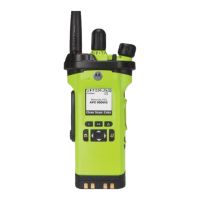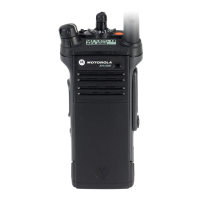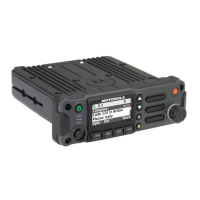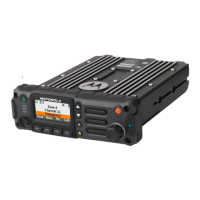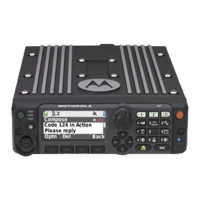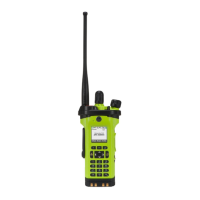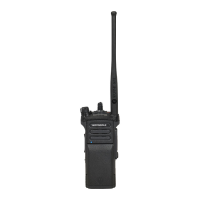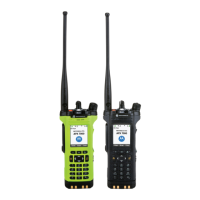List of Figures ix
Figure 3-50. Current Distribution Tree for Bluetooth Circuitry ................................................................. 3-62
Figure 3-51. Bluetooth LF UART Connection Block Diagram ................................................................. 3-64
Figure 3-52. Bluetooth USB Interface To Main Board ............................................................................. 3-65
Figure 6-1. 32 kHz Clock Waveform ....................................................................................................... 6-2
Figure 6-2. 4 MHz Clock Waveform ........................................................................................................ 6-3
Figure 6-3. 12 MHz Clock Waveform ...................................................................................................... 6-4
Figure 6-4. 16.8 MHz Clock Waveform ................................................................................................... 6-5
Figure 6-5. 24 MHz Clock Waveform ...................................................................................................... 6-6
Figure 6-6. Audio SSI – Red Tx Waveform ............................................................................................. 6-7
Figure 6-7. Audio SSI – Red Rx Waveform............................................................................................. 6-8
Figure 6-8. Audio SSI – Sync. Waveform................................................................................................ 6-9
Figure 6-9. Audio SSI – BCLK. Waveform ............................................................................................ 6-10
Figure 6-10. RX SSI – CLK. Waveform................................................................................................... 6-11
Figure 6-11. RX SSI – DA Waveform...................................................................................................... 6-12
Figure 6-12. RX SSI – FSync. Waveform................................................................................................ 6-13
Figure 6-13. TX SSI – TX CLK. Waveform.............................................................................................. 6-14
Figure 6-14. TX SSI – DA Waveform ...................................................................................................... 6-15
Figure 6-15. TX SSI – FSync. Waveform ................................................................................................ 6-16
Figure 6-16. SPI – CLK Waveform.......................................................................................................... 6-17
Figure 6-17. CS Waveform...................................................................................................................... 6-18
Figure 6-18. I2C Bus – SCA Waveform .................................................................................................. 6-19
Figure 6-19. I2C Bus – SCA 5V Waveform ............................................................................................. 6-20
Figure 6-20. I2C Bus – SDA Waveform .................................................................................................. 6-21
Figure 6-21. 1-Wire Waveform ................................................................................................................ 6-22
Figure 6-22. GCAI – GPIO0 Waveform................................................................................................... 6-23
Figure 6-23. GCAI – GPIO4 Waveform................................................................................................... 6-24
Figure 6-24. USB – D- Waveform ........................................................................................................... 6-25
Figure 6-25. USB – D+ Waveform........................................................................................................... 6-26
Figure 6-26. SDRAM – CLK Waveform................................................................................................... 6-27
Figure 6-27. SDRAM – CLKX Waveform ................................................................................................ 6-28
Figure 6-28. FLASH CONTROL – ADV Waveform ................................................................................. 6-29
Figure 6-29. FLASH CONTROL – CS3 Waveform ................................................................................. 6-30
Figure 6-30. FLASH CONTROL – OE Waveform ................................................................................... 6-31
Figure 6-31. FLASH CONTROL – RDY Waveform................................................................................. 6-32
Figure 6-32. FLASH CONTROL – WE Waveform................................................................................... 6-33
Figure 6-33. Received Baseband Waveforms.........................................................................................6-34
Figure 6-34. GPS TCXO Waveforms ...................................................................................................... 6-35
Figure 6-35. GPS RTC Waveforms......................................................................................................... 6-36
Figure 6-36. GPS UART DATA Waveforms ............................................................................................
6-37
Figure 6-37. Startup Waveforms – Vmax of TP16................................................................................... 6-41
Figure 6-38. Startup – Timing Difference of TP9 to TP16 ....................................................................... 6-42
Figure 6-39. Startup – Timing Difference of TP5 to TP16 and Voltage Statistics .................................... 6-43
Figure 6-40. Startup – Timing Difference of TP4 to TP16 and Time Statistics ........................................ 6-44
Figure 6-41. Startup – Timing Difference of TP4 to TP5 and Time Statistics .......................................... 6-45
Figure 6-42. Startup – Vmax of TP5 and Time Statistics......................................................................... 6-46
Figure 6-43. Startup – Vmax of TP4 and Time Statistics......................................................................... 6-47
Figure 6-44. Startup – Vmax of TP5 and Voltage Statistics..................................................................... 6-48
Figure 6-45. Startup – Vmax of TP9 and Voltage Statistics..................................................................... 6-49
Figure 6-46. Startup – Vmax of TP10 and Time Statistics....................................................................... 6-50
Figure 6-47. Startup – Vmax of TP16 and Voltage Statistics................................................................... 6-51
Figure 6-48. Startup – Vmax of TP13 and Voltage Statistics................................................................... 6-52
Figure 6-49. Startup – Vmax of TP11 and Voltage Statistics ................................................................... 6-53
Figure 6-50. Startup – Timing Difference of TP13 to TP16 and Time Statistics ...................................... 6-54
Figure 6-51. Startup – Timing Difference of TP10 to TP13 and Time Statistics ...................................... 6-55
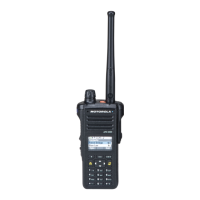
